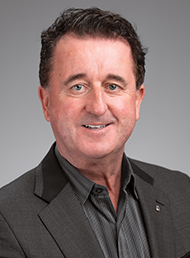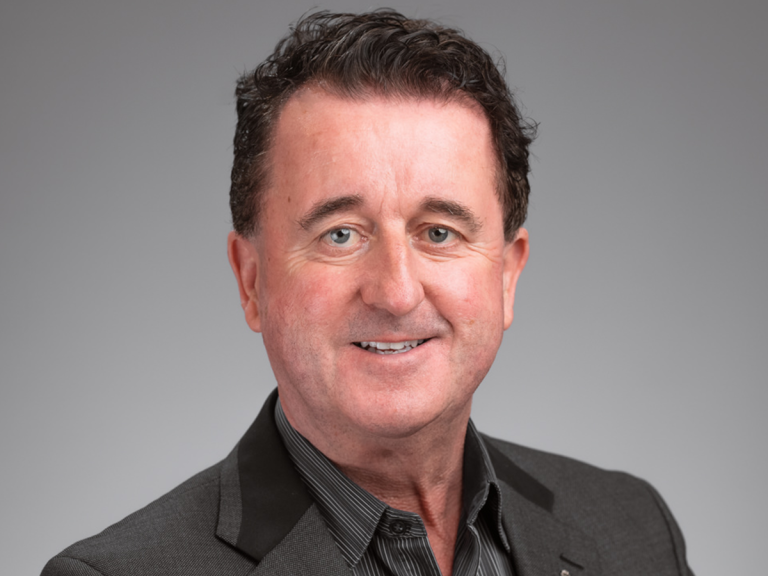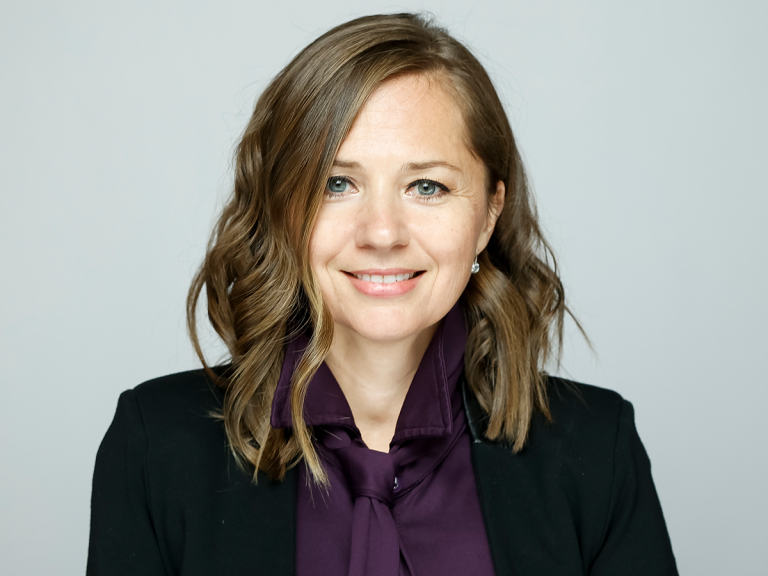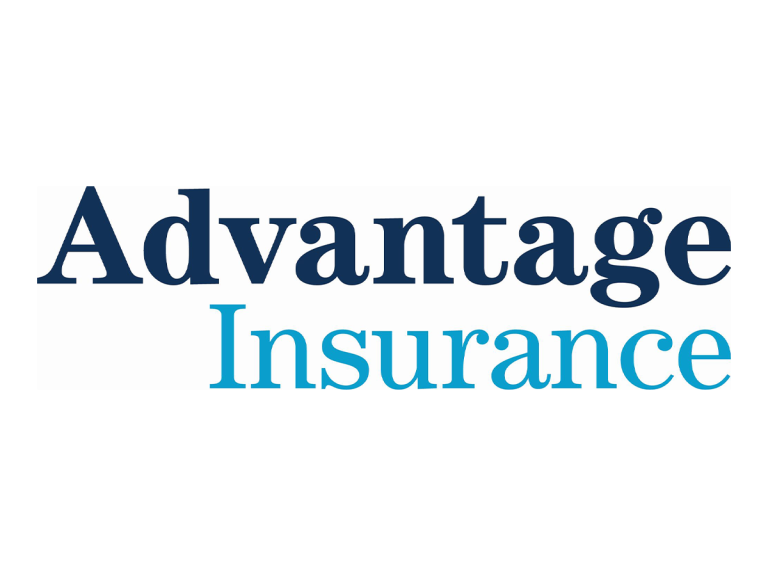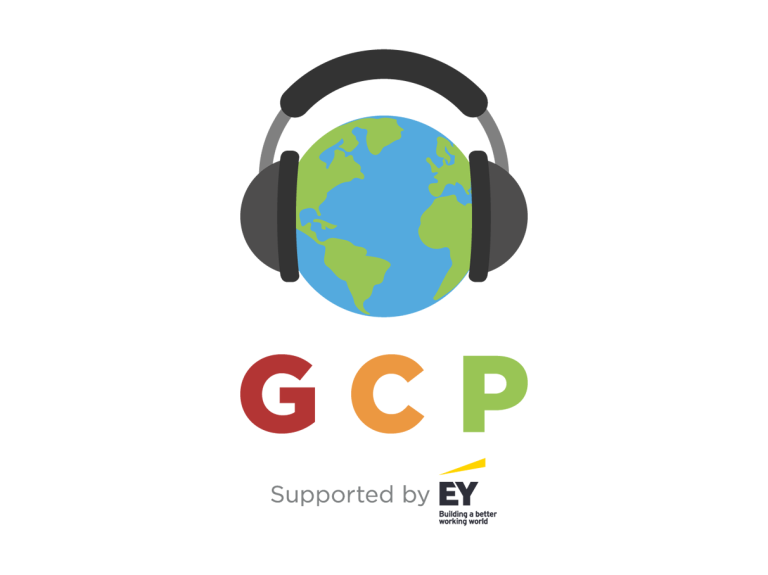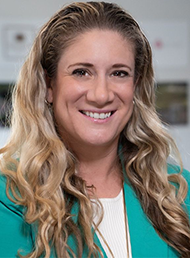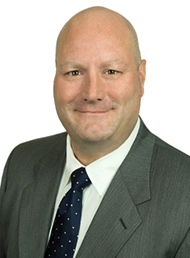Captive manager and consultants Advantage Insurance is considering further expansion by establishing offices in Tennessee and North Carolina having recently set up shop in Bermuda.
Advantage is an independent provider of turn-key captive management solutions to clients in the US and offshore and already has offices in Florida, South Carolina, Cayman Islands, Puerto Rico and Texas.
The firm now manages more than 100 captives and, speaking to Captive Intelligence, managing director, Christina Kindstedt, said she believes one of the reasons behind the growth is its policy to not outsource work and instead keep its functions in-house.
“The captive industry started outsourcing to India and other countries over 15 years ago,” Kindstedt said.
“We take the firm position to do all work locally instead of chasing lower labour costs.”
She believes captive owners can see the difference between in-house and outsourced work products.
“That’s part of the reason for our dramatic growth,” she said. “Our team on the business insurance side do consultation and captive management.”
Kindstedt noted that another key reason for the company’s growth is because “savvy” captive owners are intentionally avoiding having their broker’s firm also manage their captive.
“They want to avoid actual or potential conflicts of interest and absolutely do not want a one-stop shop.”
She said Advantage is set up in a way that is very similar to the biggest brokers in the world in terms of having both captive consultants and managers.
“Except that our consultants all came with years of actual captive management experiences, instead of rising through the purely consultancy side,” she said.
“That hands-on experience becomes evident when our consultants strategize with current and prospective captive owners.”
She said Advantage typically wins clients when they have run into difficulties with other firms, while also primarily growing through referrals.
“There’s a popular misconception that accounting for a captive is of the utmost importance, but it’s much more than that,” Kindstedt said.
Kindstedt said captive management requires a detailed understanding of insurance policies, fronting agreements, reinsurance treaties, trusts and more.
“Larger accounts have approached us saying, ‘Hey, we’ve noticed our account has been poorly serviced in recent years,’” she said. “We’ve warned the managers, but it hasn’t improved.”
Kindstedt believes current competition amongst domiciles is good, but she would suggest captive owners consider well-established jurisdictions.
“Captives react to evolving market conditions faster than traditional insurers but at the same time need to stay within regulatory compliance at all times,” she said.
“Established captive domiciles have a deep bench of regulators willing and able to work with innovative ideas.”
